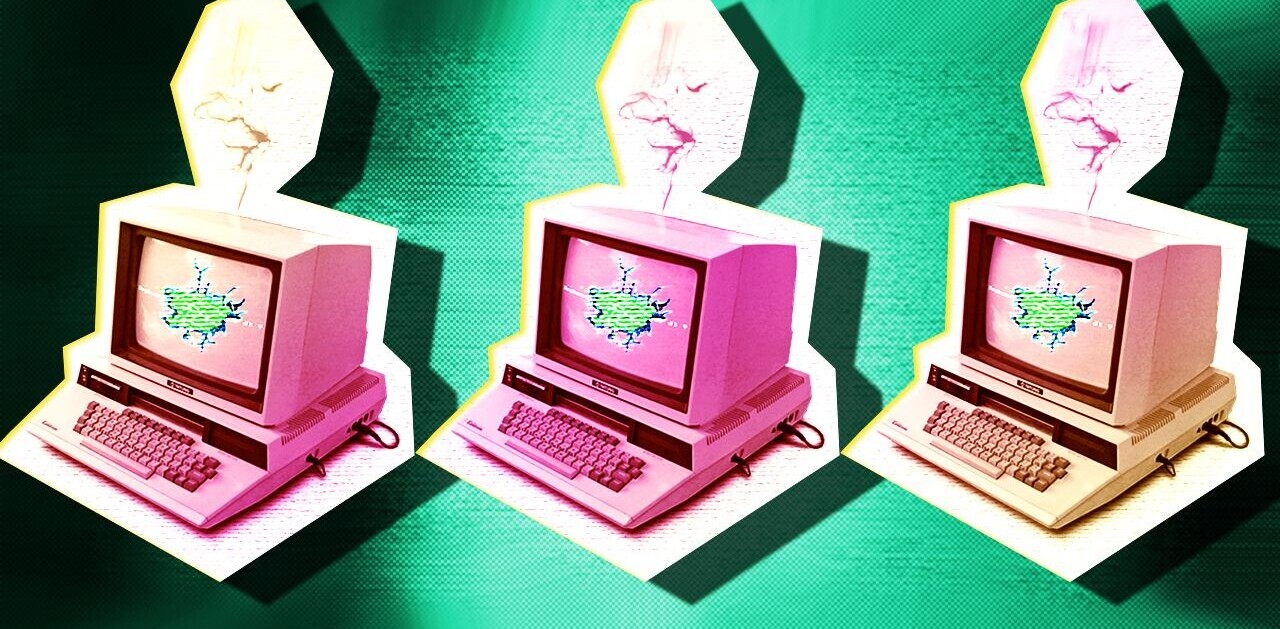
I entered the workforce in 1998 during the midst of the dotcom bubble. To stay relevant in a highly competitive and unpredictable market, I found myself constantly updating my resume with software proficiencies I thought companies would find desirable.
However, none of the software proficiencies I included in my resume proved to be applicable or remotely useful in my personal life. There was a clear separation of church and state as it applied to the qualifications in my personal and professional lives.
Software skills, while arguably just as important for job applications today, if not more, are taking on a different form as consumer and workplace tools begin to blend into one. Candidates today are well versed in dozens of software tools, with competition for coveted jobs at an all-time high. On top of that, employees have more of a say in the decision process for the tools they use at work.
Blurring the lines between work and play
Today’s workforce is heavily influenced by the usability and personalization of tools they use in their personal life and they demand that same ease-of-use with software at work. More than a third of the US workforce is made up of millennials according to Pew Research Center and this generational shift will cause companies to adapt to new behaviors and software preferences.
Fifty-nine percent of companies in the US currently allow personal devices for work purposes, which makes it even easier for employees to implement software tools and apps they’re already using in their personal lives. This merge not only creates a shift of power to a bottom-up approach for software decision making but creates new opportunities for companies and employees. And all of these changes together affect how software is being designed, marketed, and sold.
With the majority of the US workforce already familiar with the software tools used in most offices, such as Slack, Dropbox, and Asana, companies are now exposed to a larger talent pool with the opportunity to hire high-value candidates.
Onboarding processes are streamlined and employees are ramped up quickly, leaving more time to learn the ins and outs of their actual job description. And as the consumerization of IT becomes more and more common in the workplace, companies are able to create an open work environment where employees feel engaged and empowered to have more hand in how the business is run.
A bottom-up approach as the new normal
In my current role and previous roles managing customer-facing teams, I’ve implemented specific calendar software that came from a junior employee’s request. The software enabled my entire team to book meetings and save time. This helped me scale my team quickly all while increasing employee engagement and productivity.
It was eventually rolled out as a standard operating procedure across the entire sales team. When employees aren’t tied down by a specific set of processes and tools, they can use their time more effectively and work in a way they prefer.
Small businesses have especially benefited from IT consumerization since it’s easier to make quick decisions with less regulations when there are fewer employees and procedures. Although not impossible, it’s extra work for corporations to fully implement a bottom-up approach for software tools and apps.
When there are more employees, it’s challenging to accommodate everyone’s software preferences, which can lead to a disconnect in collaboration and productivity. Security also becomes a bigger concern if company information is being spread across hundreds of different tools employees are using. In this case, consumerization can work as long as it’s more tightly mandated.
Selling to a new audience
The transformation of how employees use tools in the workplace is also changing the ways software is being developed and sold. Software vendors today are much more product-led rather than sales-led, with an emphasis on the end-user. Consumers typically don’t have sales reps pitching them on new tools and therefore vendors need to keep a self-service model in mind when designing a product or service.
To appeal to end-users and consumers, software vendors must unpack what matters to this audience such as instant information, design aesthetics, and ease-of-use. Freemium and free trial models are another great way to promote a bottom-up software strategy. This tactic allows for the end-user to gain exposure and first-hand experience.
Consumerization of IT, while not a new concept, is gaining momentum and changing how we adopt enterprise technology. It’s leading the way for new opportunities and ways for businesses and employees to collaborate. And as younger generations continue to enter the workforce, I’m confident that some of the best software tools I’ll implement in the future will come recommended to me by a junior employee.
Get the TNW newsletter
Get the most important tech news in your inbox each week.





